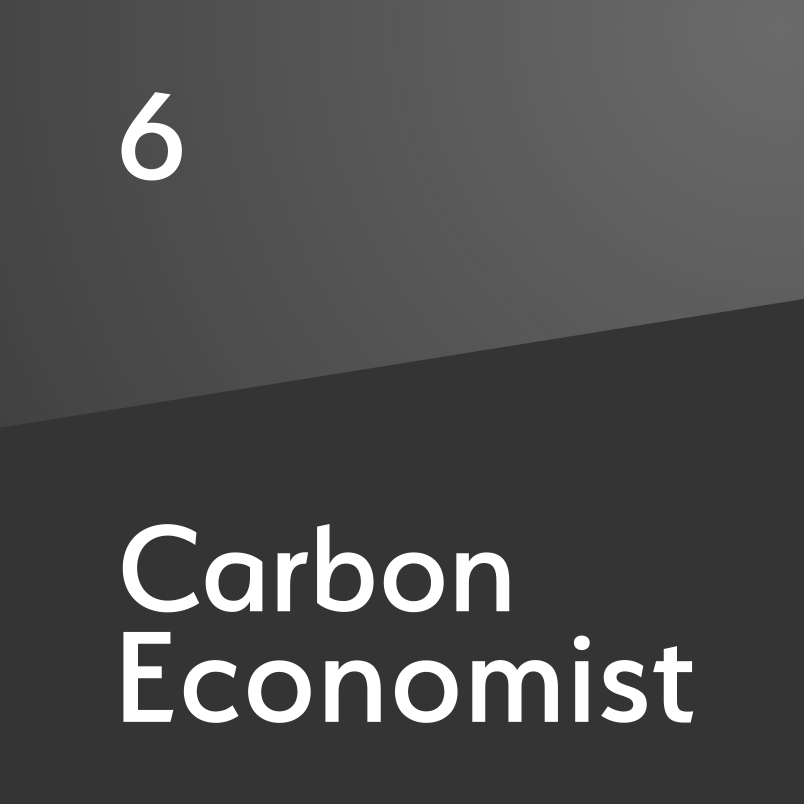Direct air capture must cut costs to succeed
Project developers believe dramatic reductions are possible, but only with global policy support
Direct air capture (DAC) of carbon dioxide will need to realise major cost reductions if it is to play a role in the energy transition. But the potential market is enormous, and increased tax credits could kickstart the industry in the US. The IEA’s Net Zero by 2050 scenario sees DAC removing 60mn t/yr of CO₂ by 2030 and 980mn t/yr by 2050. But in September, the agency reported there were just 18 operational plants with a combined capacity of 0.01mn t/yr. The IEA sees a pipeline of just 5.5mn t/yr of projects in advanced development, with a further 38.7mn t/yr in the early stages. The organisation still believes 60mn t/yr of capacity by 2030 is achievable but says this will require several a

Also in this section
23 December 2025
Legislative reform in Germany sets the stage for commercial carbon capture and transport at a national level, while the UK has already seen financial close on major CCS clusters
15 December 2025
Net zero is not the problem for the UK’s power system. The real issue is with an outdated market design in desperate need of modernisation
28 November 2025
The launch of the bloc’s emissions trading system in 2005 was a pioneering step, but as the scheme hits 21 its impact as a driver of decarbonisation is still open to debate
18 November 2025
Vicki Hollub, president and CEO of Occidental, has been selected as the 2026 recipient of the Dewhurst Award, the highest honour bestowed by WPC Energy. The Dewhurst Award celebrates exceptional leadership, groundbreaking innovation and a lifetime of significant achievements in sup-port of the development and advancement of the energy industry.







